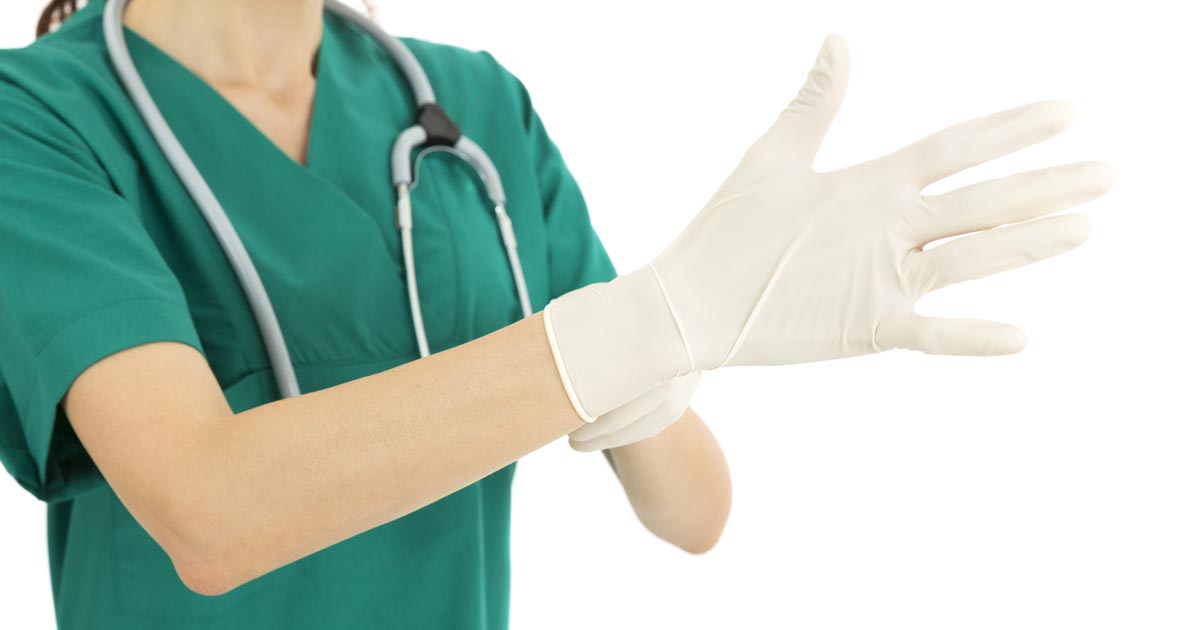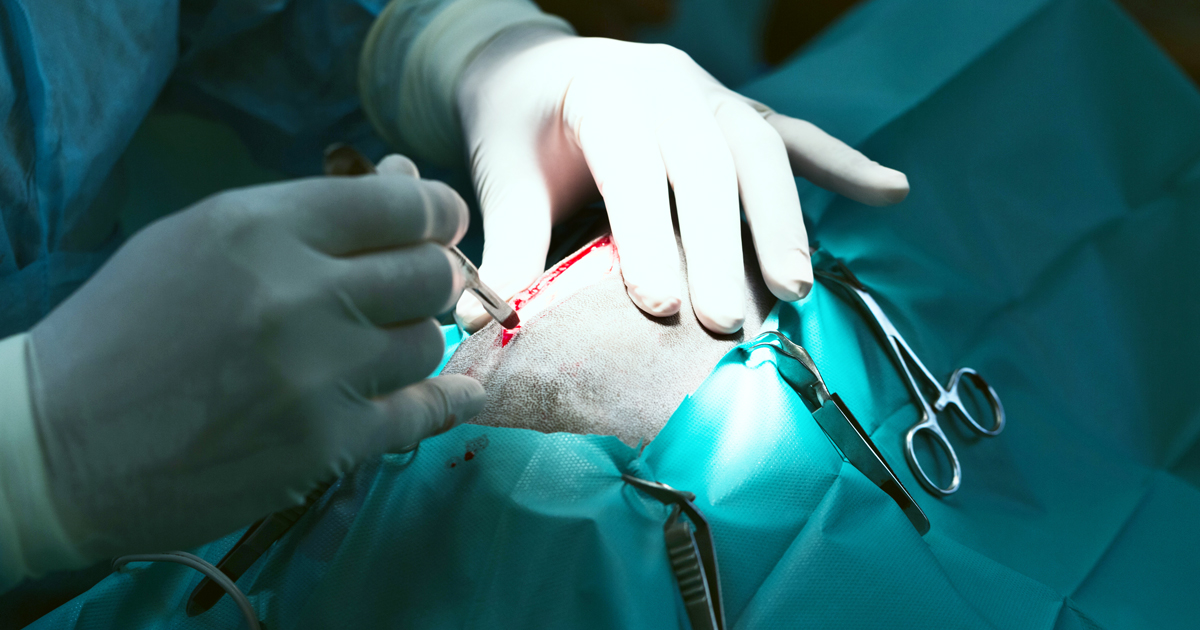I’ve been lucky enough to not, until very recently, have a patient die on the operating table.
Nothing quite prepares you for what you experience in that moment you realise the animal is crashing. We had CPR training at uni, we run through the practice crash box to refresh everyone of what’s in it, and I hadn’t had to use it yet.
“There’s a potential caesarean coming down,” one of the receptions had come through to the kennel area to inform me. “I’d better shuffle those appointments I’d just opened up for you.”
Inauspicious beginnings
On arrival, the bitch in question was four days overdue, with no indication of labour, an open cervix, and generally looked fairly flat – but not as though death was imminent.
A C-section was agreed as the best course of action, and she was moved through to prep where the nurses already had everything ready to go – thanks to the prior warning. More nurses than usual were hovering, as it’s all hands on deck for a caesarean.
It took me longer than usual to get the catheter in – perhaps the flat veins should have been a warning sign that she was actually in worse condition than she seemed. I was usually pretty good at catheters, but everyone has off days, right?
Auto pilot
Fluids running, antiemetic given (she was drooling a bit and it has been shown to reduce anaesthetic requirements), abdomen clipped, ready to induce… a trainee nurse asked an RVN to confirm the heart rate as she was struggling.
I picked up the propofol and instantly the bitch did the “death gasp”. At the same moment, both the RVN and I realised she was crashing. I had no time to think; I grabbed an endotracheal tube and intubated, while the nurse started chest compressions. Another nurse connected the oxygen and started ventilating.
Somebody thrust some adrenaline into my hand and I’d barely asked “where’s the dose chart” before it had been pointed at. I hastily drew it up and administered, while asking the trainee nurse to bring the surgical kit in from theatre.
One after another

By that point I think we’d all accepted we would likely lose the bitch, but needed to keep her going while we tried to get the puppies out.
As soon as I incised into the abdomen, green-tinged fluid poured out (she was on an angle as the nurses were still doing compressions). I exteriorised an enormous uterus and start fishing out placentas, opening them, clamping umbilical cords, cutting and handing on to a nurse, receptionist, practice manager, anyone who was present – they all knew what to do.
Puppy after puppy came out – I was astonished at how quickly I was working and there were still more. Meanwhile, the prep room floor was becoming a lethal sea of peritonitic fluid.
“How are they? Any alive?” I asked, still working, hoping something would come out of this horrid mess. I already knew the answer: most of the puppies were completely rigid, seemingly long dead.
All over
Once every puppy was out (no survivors), I ran for the phone and rang the owner to explain we were keeping the heart going. I then gained permission to euthanise. However, as I returned to prep, I realised she was already gone.
Everyone was quiet…I donned a pair of gloves again and solemnly started stitching up.
Calm under pressure
While it was happening, I never really had time to think about how awful the whole situation was – and yet everyone just got on with their jobs; each of us doing our bit to try and save some lives at least.
On later reflection, even though we didn’t succeed, there was nothing more we could have done. We worked extremely fast from the moment she started to crash, and even though it was a miserable situation with a devastating outcome, I was extremely grateful for the calm manner in which everyone handled it.

Leave a Reply